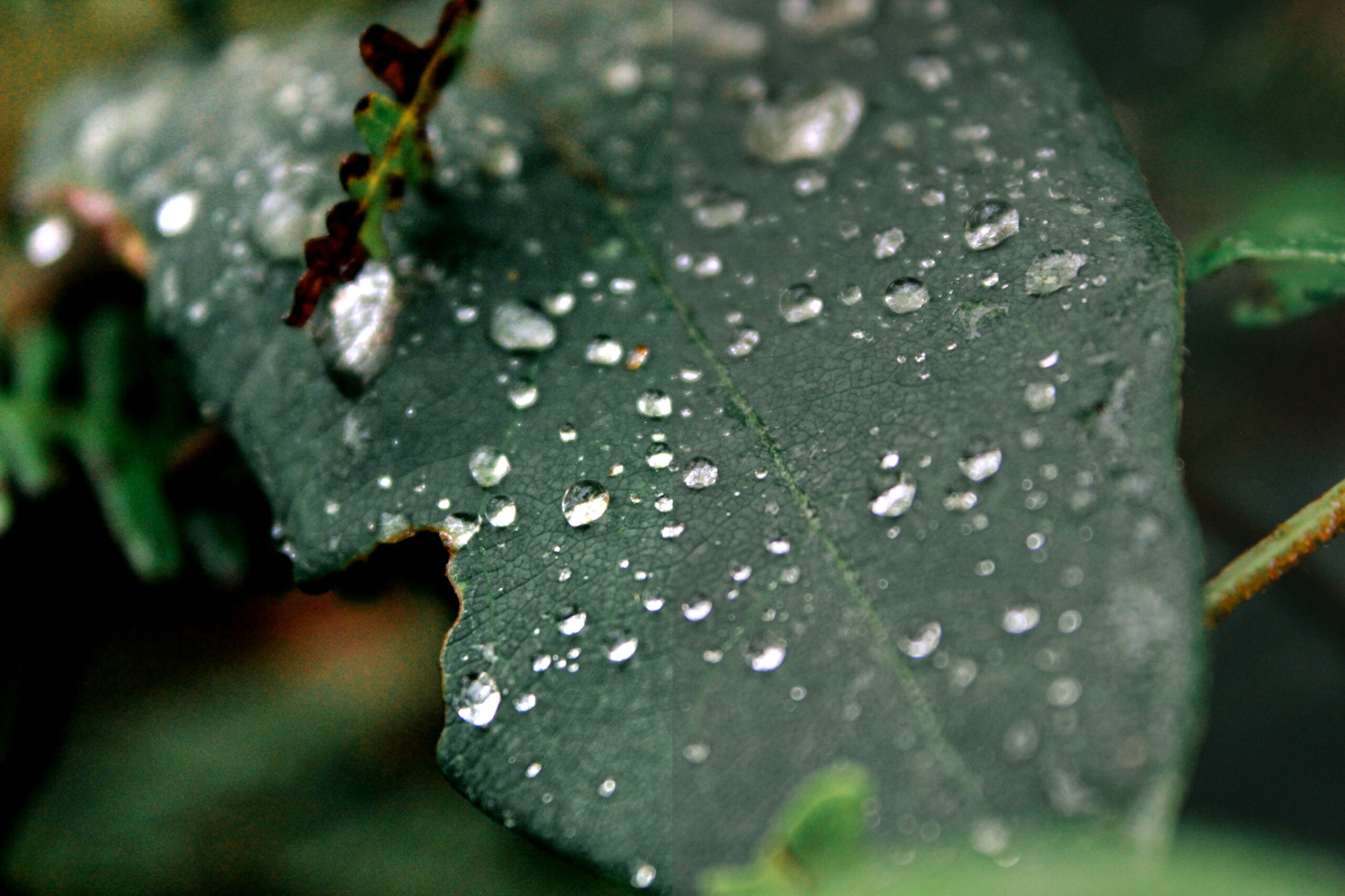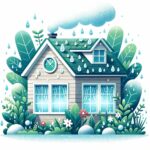Are you familiar with the hidden dangers that lurk within the structures around us? As an experienced building engineer with a decade-long background in combatting the damaging effects of moisture, I’ve witnessed firsthand the havoc that condensation can wreak. In this article, we will delve into the often-overlooked world of condensation and shed light on its profound impacts on our buildings. Join me as we unravel the mysteries surrounding the effects of condensation, and discover the importance of moisture control in preserving the integrity of our structures.
Effects of Condensation
Condensation can be a hidden danger that wreaks havoc on structures, leading to a range of adverse effects. From impacting occupants’ health to reducing energy efficiency, condensation should not be underestimated. Let’s unravel the hidden dangers and explore how condensation can affect your property.
Affecting the Occupants’ Health
One of the most concerning effects of condensation is its impact on the health of the occupants. As moisture accumulates, dampness and mold can take hold, releasing dust mites and mold spores into the air. This can worsen respiratory conditions such as asthma and allergies.
Moreover, living in a damp environment can lead to discomfort, causing respiratory issues, skin irritations, and even flu-like symptoms. It’s crucial to address condensation to safeguard the well-being of those residing in the property.
It’s not just about visible damage; lurking in the air, condensation can silently harm your health.
Reducing Energy Efficiency
Condensation doesn’t only affect health; it also impacts the energy efficiency of your property. When condensation occurs, it increases humidity levels and promotes heat loss. As a result, maintaining a comfortable temperature becomes more challenging, leading to higher energy consumption and inflated heating bills.
Additionally, excessive condensation can damage insulation materials, reducing their efficacy. This further deteriorates the energy efficiency of the property, amplifying the negative impact on your pocket and the environment.
Condensation can be a silent energy thief, slowly driving up your bills with every drop accumulated.
Visual Deterioration of the Property
The effects of condensation aren’t confined to health and energy efficiency. In fact, condensation can also negatively impact the appearance of your property. The presence of excess moisture often leads to unsightly stains and damp patches on walls, ceilings, and windows. Over time, these visible signs of damage can erode the aesthetics of even the most well-maintained spaces.
Whether you’re a homeowner looking to impress guests or a business owner striving to maintain the professionalism of your premises, dealing with condensation is vital to preserving the visual appeal of your property.
Condensation can silently stain the beauty of your property, leaving behind an unwelcome mark.
Structural Damage of the Property
Perhaps the most concerning effect of condensation lies in its potential to cause structural damage. Prolonged exposure to excess moisture can wreak havoc on various building materials. Wood may begin to rot, metal may corrode, and paintwork may deteriorate. As these materials weaken, the structural integrity of the property is compromised, potentially leading to costly repairs and even safety hazards.
To safeguard your property from the devastating effects of condensation, it is crucial to implement proper moisture control measures and address any underlying issues promptly. By doing so, you can avoid expensive repairs and ensure the longevity of your property.
Condensation can silently eat away at the very foundation of your property, leaving it vulnerable to collapse.
Condensation not only affects health, energy efficiency, aesthetics, and structural integrity but can also damage furniture and belongings while creating an unpleasant and uncomfortable living environment. It is within our power to prevent these harmful effects and create a healthier, more comfortable space to live in.
To learn more about condensation and its consequences, you can visit the following sources for detailed information:
envirovent.com: This website provides insights into why condensation occurs and offers practical solutions to address it effectively.
axa.co.uk: Explore this website for valuable tips and guides on preventing condensation in your home and the potential impact on your insurance.
yourhome.gov.au: Tailored to the Australian context, this website contains information on condensation and its effects.
By taking the necessary steps to combat condensation, such as implementing proper ventilation and moisture control measures, you can mitigate its negative effects and create a healthier and more comfortable living environment. Don’t let condensation silently jeopardize your property’s well-being; take action today.
Condensation is a fascinating natural phenomenon that often goes unnoticed. Did you know that condensation occurs when water vapor in the air cools and turns into liquid droplets? It’s amazing how something as simple as the temperature change can create such a captivating transformation. If you want to dive deeper into the world of condensation and discover 10 interesting facts about it, click here: 10 Interesting Facts About Condensation. From the science behind it to its practical applications, you’ll be amazed by what you learn. So go ahead, click the link and let the wonders of condensation unfold before your eyes.
FAQ
Question 1
What are the health risks associated with condensation in a property?
Answer 1
Condensation can contribute to the growth of damp and mold, which can worsen asthma and allergies. The presence of dust mites and mold spores in the air can be harmful to the health of residents.
Question 2
How does condensation affect the energy efficiency of a property?
Answer 2
Condensation can lead to heat loss and increased humidity levels, making it more difficult to maintain a comfortable temperature indoors. This can result in higher energy consumption and increased heating bills.
Question 3
What visual effects can condensation have on a property?
Answer 3
The presence of condensation can cause unsightly stains and damp patches on walls, ceilings, and windows, which can degrade the appearance of the property.
Question 4
What structural damage can condensation cause to a property?
Answer 4
Prolonged exposure to condensation can cause wood to rot, metal to corrode, and paintwork to deteriorate. This can weaken the structure of the property and potentially lead to costly repairs.
Question 5
Apart from health and structural issues, are there any other impacts of condensation in a property?
Answer 5
In addition to health and structural issues, condensation can also damage furniture and belongings and create an unpleasant and uncomfortable living environment. It is important to address and prevent condensation issues to maintain a healthy and energy-efficient property.
- Brent VanNorman: From Investment Executive to Tulsa Mayoral Hopeful - November 25, 2024
- Why Your Car Shakes When Accelerating: Causes and Solutions - November 25, 2024
- Discover Coffeeville, MS: A Small Town Rich in History and Grenada Lake Charm - November 25, 2024














